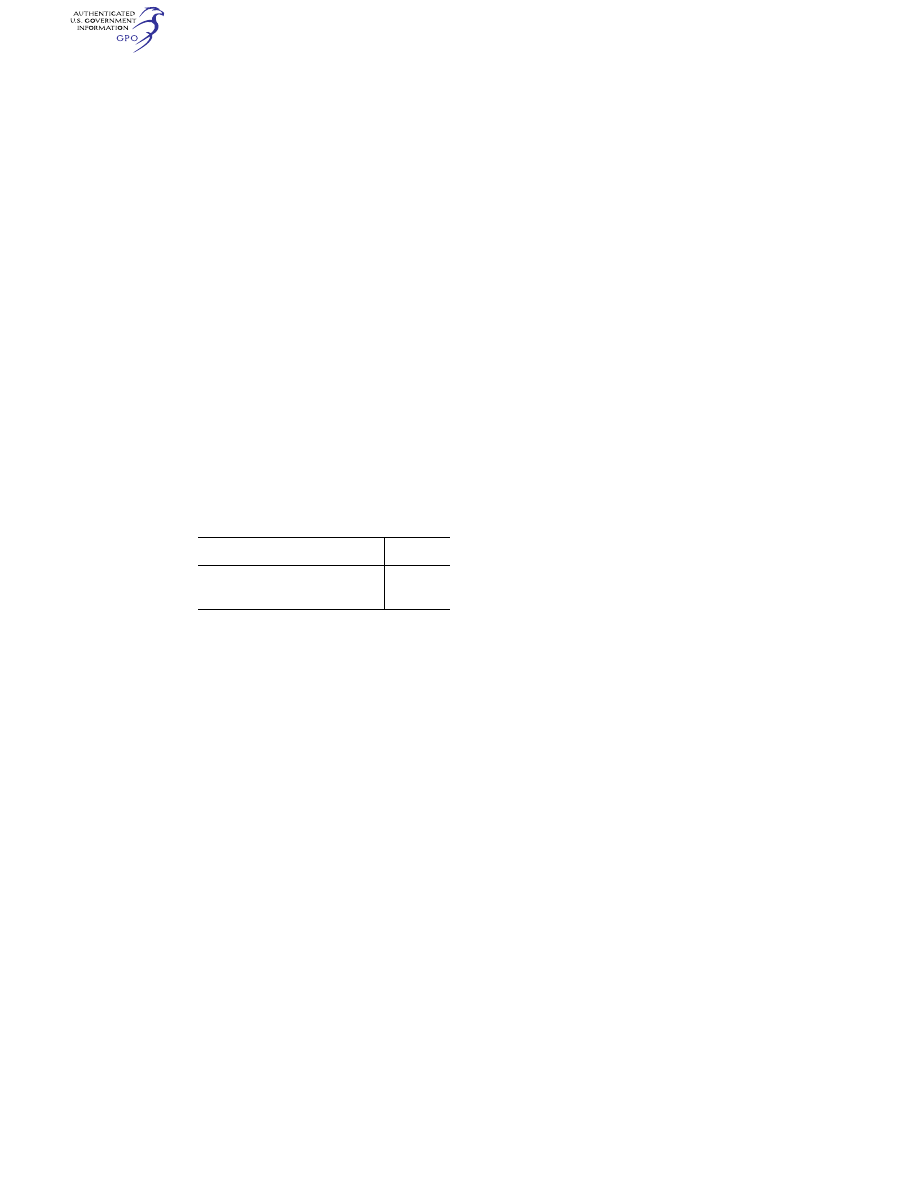
621
Federal Aviation Administration, DOT
§ 29.859
smoking is prohibited. Signs which no-
tify when smoking is prohibited must—
(i) When illuminated, be legible to
each passenger seated in the passenger
cabin under all probable lighting condi-
tions; and
(ii) Be so constructed that the crew
can turn the illumination on and off.
(d) Each receptacle for towels, paper,
or waste must be at least fire-resistant
and must have means for containing
possible fires;
(e) There must be a hand fire extin-
guisher for the flight crewmembers;
and
(f) At least the following number of
hand fire extinguishers must be con-
veniently located in passenger com-
partments:
Passenger capacity
Fire extin-
guishers
7 through 30 ..................................................
1
31 through 60 ................................................
2
61 or more .....................................................
3
(Secs. 313(a), 601, 603, 604, Federal Aviation
Act of 1958 (49 U.S.C. 1354(a), 1421, 1423, 1424),
sec. 6(c), Dept. of Transportation Act (49
U.S.C. 1655(c)))
[Doc. No. 5084, 29 FR 16150, Dec. 3, 1964, as
amended by Amdt. 29–3, 33 FR 969, Jan. 26,
1968; Amdt. 29–17, 43 FR 50600, Oct. 30, 1978;
Amdt. 29–18, 45 FR 7756, Feb. 4, 1980; Amdt.
29–23, 49 FR 43200, Oct. 26, 1984]
§ 29.855
Cargo and baggage compart-
ments.
(a) Each cargo and baggage compart-
ment must be construced of or lined
with materials in accordance with the
following:
(1) For accessible and inaccessible
compartments not occupied by pas-
sengers or crew, the material must be
at least fire resistant.
(2) Materials must meet the require-
ments in § 29.853(a)(1), (a)(2), and (a)(3)
for cargo or baggage compartments in
which—
(i) The presence of a compartment
fire would be easily discovered by a
crewmember while at the crew-
member’s station;
(ii) Each part of the compartment is
easily accessible in flight;
(iii) The compartment has a volume
of 200 cubic feet or less; and
(iv) Notwithstanding § 29.1439(a), pro-
tective breathing equipment is not re-
quired.
(b) No compartment may contain any
controls, wiring, lines, equipment, or
accessories whose damage or failure
would affect safe operation, unless
those items are protected so that—
(1) They cannot be damaged by the
movement of cargo in the compart-
ment; and
(2) Their breakage or failure will not
create a fire hazard.
(c) The design and sealing of inacces-
sible compartments must be adequate
to contain compartment fires until a
landing and safe evacuation can be
made.
(d) Each cargo and baggage compart-
ment that is not sealed so as to contain
cargo compartment fires completely
without endangering the safety of a
rotorcraft or its occupants must be de-
signed, or must have a device, to en-
sure detection of fires or smoke by a
crewmember while at his station and
to prevent the accumulation of harm-
ful quantities of smoke, flame, extin-
guishing agents, and other noxious
gases in any crew or passenger com-
partment. This must be shown in
flight.
(e) For rotorcraft used for the car-
riage of cargo only, the cabin area may
be considered a cargo compartment
and, in addition to paragraphs (a)
through (d) of this section, the fol-
lowing apply:
(1) There must be means to shut off
the ventilating airflow to or within the
compartment. Controls for this purpose
must be accessible to the flight crew in
the crew compartment.
(2) Required crew emergency exits
must be accessible under all cargo
loading conditions.
(3) Sources of heat within each com-
partment must be shielded and insu-
lated to prevent igniting the cargo.
[Doc. No. 5084, 29 FR 16150, Dec. 3, 1964, as
amended by Amdt. 29–3, 33 FR 969, Jan. 26,
1968; Amdt. 29–24, 49 FR 44438, Nov. 6, 1984;
Amdt. 27–26, 55 FR 8004, Mar. 6, 1990]
§ 29.859
Combustion heater fire pro-
tection.
(a)
Combustion heater fire zones. The
following combustion heater fire zones
must be protected against fire under
VerDate Sep<11>2014
09:06 Jun 28, 2024
Jkt 262046
PO 00000
Frm 00631
Fmt 8010
Sfmt 8010
Y:\SGML\262046.XXX
262046
jspears on DSK121TN23PROD with CFR